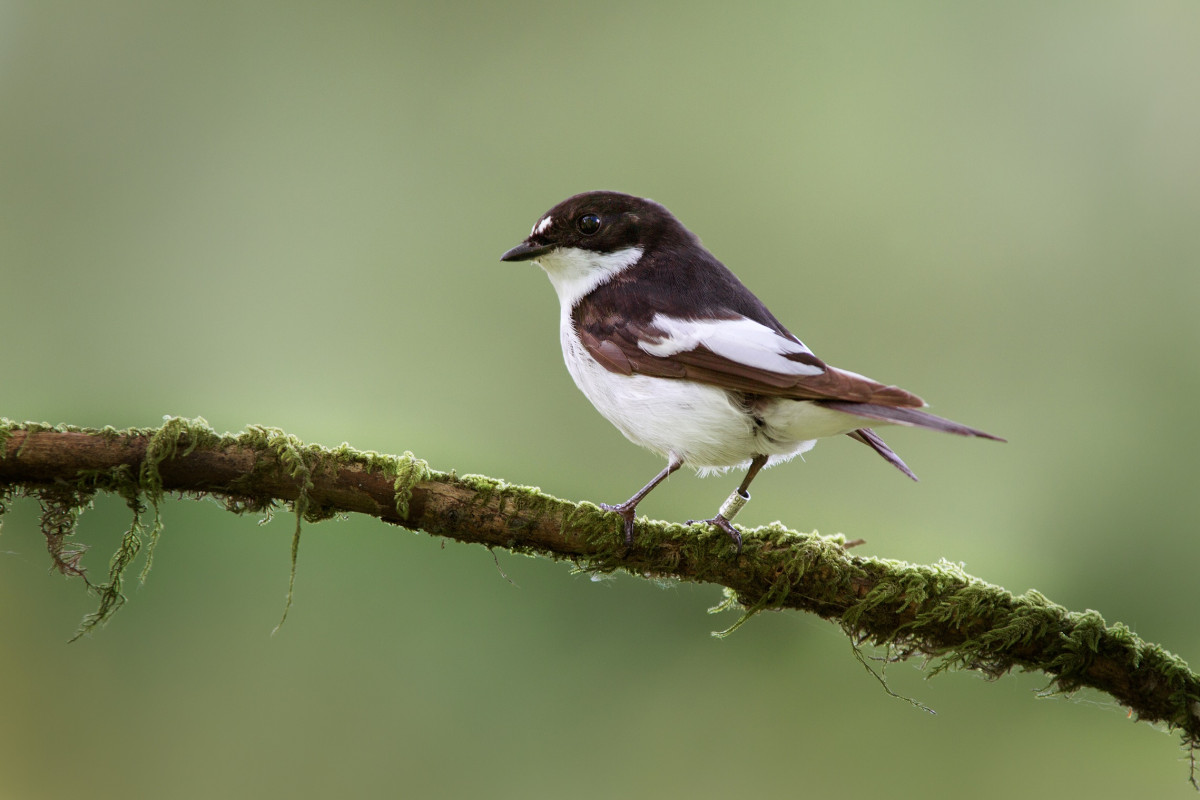BTO publishes peer-reviewed papers in a wide range of scientific journals, both independently and with our partners. If you are unable to access a scientific paper by a BTO author, please contact us.
Search settings
The Great Crested Grebe Enquiry 1931 - Part 3
Author: Harrisson, T. & Hollom, P.A.D.
Published: 1932
01.01.32
Papers
The Great Crested Grebe Enquiry 1931 - Part 4
Author: Harrisson, T. & Hollom, P.A.D.
Published: 1932
01.01.32
Papers
The Great Crested Grebe Enquiry 1931 - Part 5
Author: Harrisson, T. & Hollom, P.A.D.
Published: 1932
01.01.32
Papers
Spatial consistency in drivers of population dynamics of a declining migratory bird
Author: Nater, C.R., Burgess, M.D., Coffey, P., Harris, B., Lander, F., Price, D., Reed, M. & Robinson, R.A.
Published:
While the study of a single population can provide important insights into what is driving population change at a local scale, we really need information from many different populations if we are to deliver effective conservation measures for declining migrant birds. This study helps to address this knowledge gap.
Papers

Modelling population‐level impacts of wind farm collision risk on Welsh Red Kites
Author:
Published:
The Welsh Red Kite population is currently undergoing rapid growth, following a historic decline driven by persecution. Wind turbines represent a modern threat to Red Kites, causing additional mortality through collisions, and numerous new wind farms are currently proposed and at various stages of development. We used Population Viability Analysis to model the potential impacts of current and proposed wind farm developments on the Welsh Red Kite population. Modelling used spatially‐explicit population estimates, together with combinations of upper, lower and intermediate values for each demographic parameter. A rejection‐sampling procedure was applied to retain a final model set, whose range of population trajectories reflected the observed recent population trend of Red Kites in Wales. Different scenarios of wind turbine collision mortality were applied, to assess impacts at the national(Wales) scale, regional scale, and within the Elenydd‐Mallaen and Berwyn Special Protection Areas (SPAs). Under the baseline scenario (including existing wind turbines but no further future developments), all models predicted future population stability or increase, at all spatial scales. Impacts of additional wind turbines on population growth were small, although over time these propagate into substantial differences in population size. In general, modelled impacts of proposed developments were larger at smaller spatial scales with larger Red Kite populations (e.g. the two SPA populations). These results may provide reassurance that currently‐proposed levels of wind farm development are unlikely to prevent the continued growth of the Welsh Red Kite population. However, they also highlight impacts on the ultimate size of the Red Kite population in the longer term, and that greater caution is justified for developments in proximity to the two SPAs, in order to minimize risk to the populations within, and particularly around the fringes of, these specifically‐protected areas.NotesThe authors acknowledge the provision of data and related resources by Natural Resources Wales ( (c) NRW and Database Right), Ordnance Survey (License no. AC0000849444), and Crown Copyright / Database Right, as well as funding and data provided by the nine wind farm development companies involved in this study, coordinated by RenewableUK Cymru.
Papers